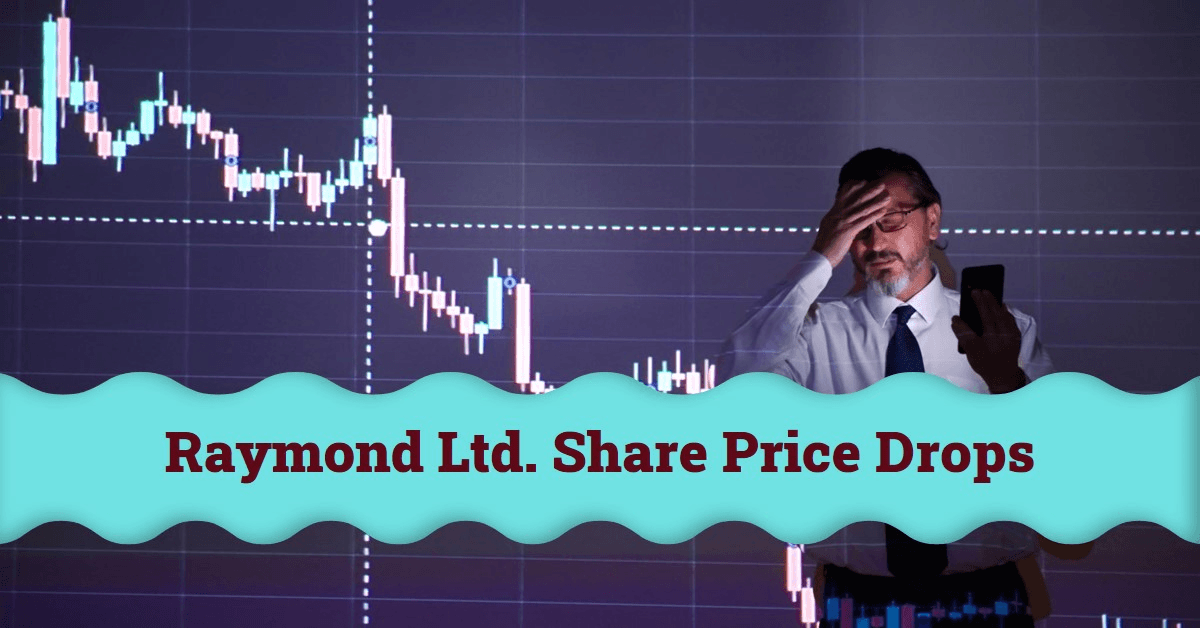Executive Summary
Indian Railway Finance Corporation (IRFC) is a crucial non-banking financial institution (NBFC) fueling the Indian Railways’ growth through debt mobilization. Understanding IRFC’s share price movement necessitates a thorough examination of internal and external factors influencing its performance. This report delves into these factors, analyses recent trends, and presents expert opinions to equip investors with an informed perspective on IRFC’s investment potential.
1. Introduction to IRFC
Established in 1989 by the Government of India, IRFC plays a pivotal role in financing railway projects through issuing bonds and debt instruments. Its primary objectives include:
- Mobilizing funds for railway infrastructure development and modernization.
- Off-loading the budgetary burden of Indian Railways.
- Providing financial flexibility and autonomy to Indian Railways.
IRFC’s robust financial performance and strategic role in India’s infrastructure development make its share price a subject of keen interest among investors seeking exposure to the sector.
2. Recent Performance and Key Metrics
As of January 8, 2024, IRFC’s share price closed at ₹100.75 on the National Stock Exchange (NSE), down 0.49% from the previous close. The 52-week high and low for the stock are ₹104.14 and ₹99.90, respectively. Over the past year, the share price has seen a decline of approximately 6.15%.
As of October 26, 2023, IRFC’s share price on the National Stock Exchange (NSE) stood at ₹101.30, reflecting a year-to-date (YTD) decline of approximately 5%.
Key Metrics:
- Market Capitalization: ₹1,316.65 billion (as of October 26, 2023)
- Price-to-Earnings Ratio (P/E): 16.40 (as of October 26, 2023)
- Return on Equity (ROE): 18.59% (as of March 31, 2023)
- Debt-to-Equity Ratio: 2.24 (as of March 31, 2023)
3. Factors Influencing IRFC’s Share Price
Several internal and external factors significantly impact IRFC’s share price movement:
Internal Factors:
- Financial Performance: Robust profitability, healthy debt-to-equity ratio, and efficient fund utilization can bolster investor confidence, driving the share price upwards. Conversely, financial distress or missed project deadlines can exert downward pressure.
- Dividend Policy: A consistent and attractive dividend pay-out policy can entice investors, leading to a share price increase.
External Factors:
- Indian Railway performance: Strong financial performance and ambitious modernization plans by Indian Railways can boost investor confidence, leading to a higher share price. Conversely, delays in project execution or budget constraints can put downward pressure on the stock.
- Interest Rates: Rising interest rates increase IRFC’s borrowing costs, impacting profitability and potentially leading to a share price decline.
- Government Policies: Supportive government policies towards infrastructure development and Indian Railways can benefit IRFC, while unfavourable policies can create uncertainty and negatively affect the share price.
- Overall Market Sentiment: The general trend of the Indian stock market also plays a role. During bullish periods, IRFC’s share price may rise alongside other stocks, while bearish sentiment can trigger a decline.
4. Analyst Views and Investment Outlook
Analyst opinions on IRFC’s share price vary, reflecting the complexity of the stock and the dynamic nature of the influencing factors. Here’s a snapshot of diverse perspectives:

- Bullish: Some analysts view IRFC as undervalued, citing its strong financial position, the government’s focus on infrastructure development, and its potential to benefit from increasing railway freight traffic. They recommend a buy or hold rating.
- Neutral: Others adopt a cautious approach, acknowledging the potential upside but expressing concerns about rising interest rates, economic headwinds, and project execution risks. They advise investors to carefully monitor the company’s performance and market conditions before making investment decisions.
- Bearish: A few analysts raise concerns about IRFC’s high debt levels, dependence on government support, and vulnerability to interest rate fluctuations. They recommend a sell or avoid rating.
5. Conclusion
IRFC’s share price is influenced by various factors, making it a complex investment choice. Investors should carefully consider these factors, analyze the company’s financial health, and assess their risk tolerance before investing in IRFC. Researching analyst reports and seeking professional financial advice can further aid in making informed investment decisions.
Disclaimer: This report is for informational purposes only and should not be construed as financial advice. Please consult with a qualified financial advisor before making any investment decisions.










